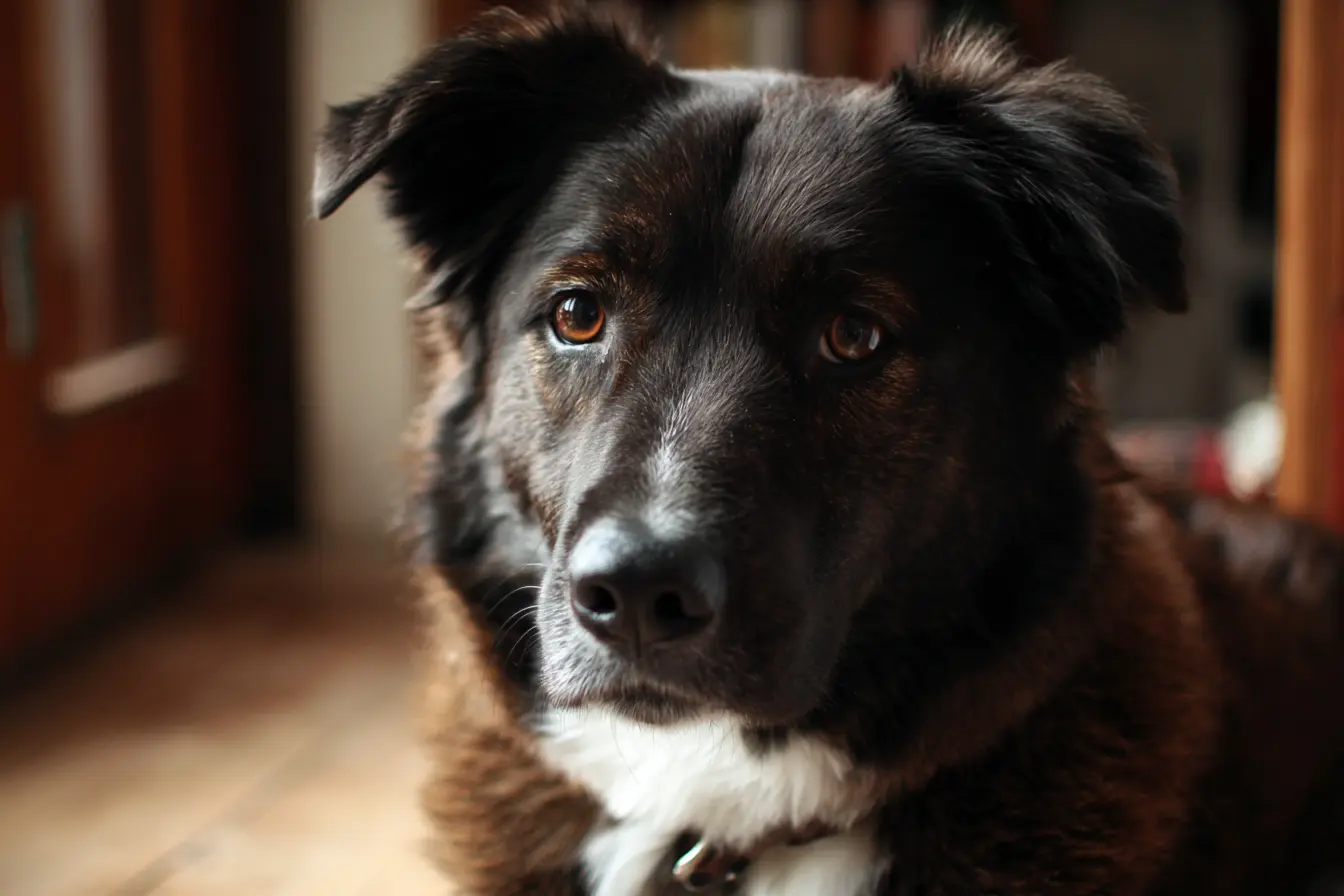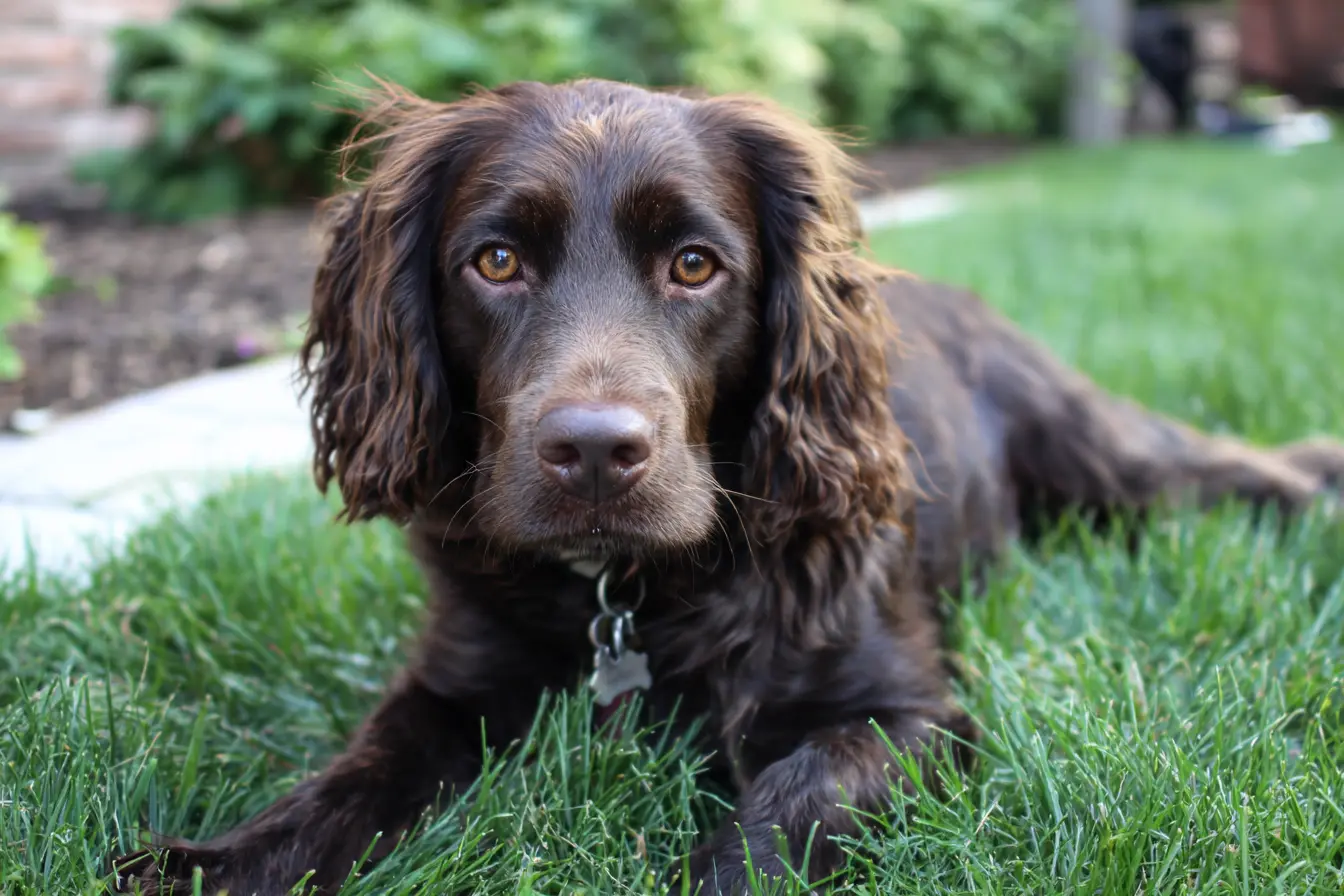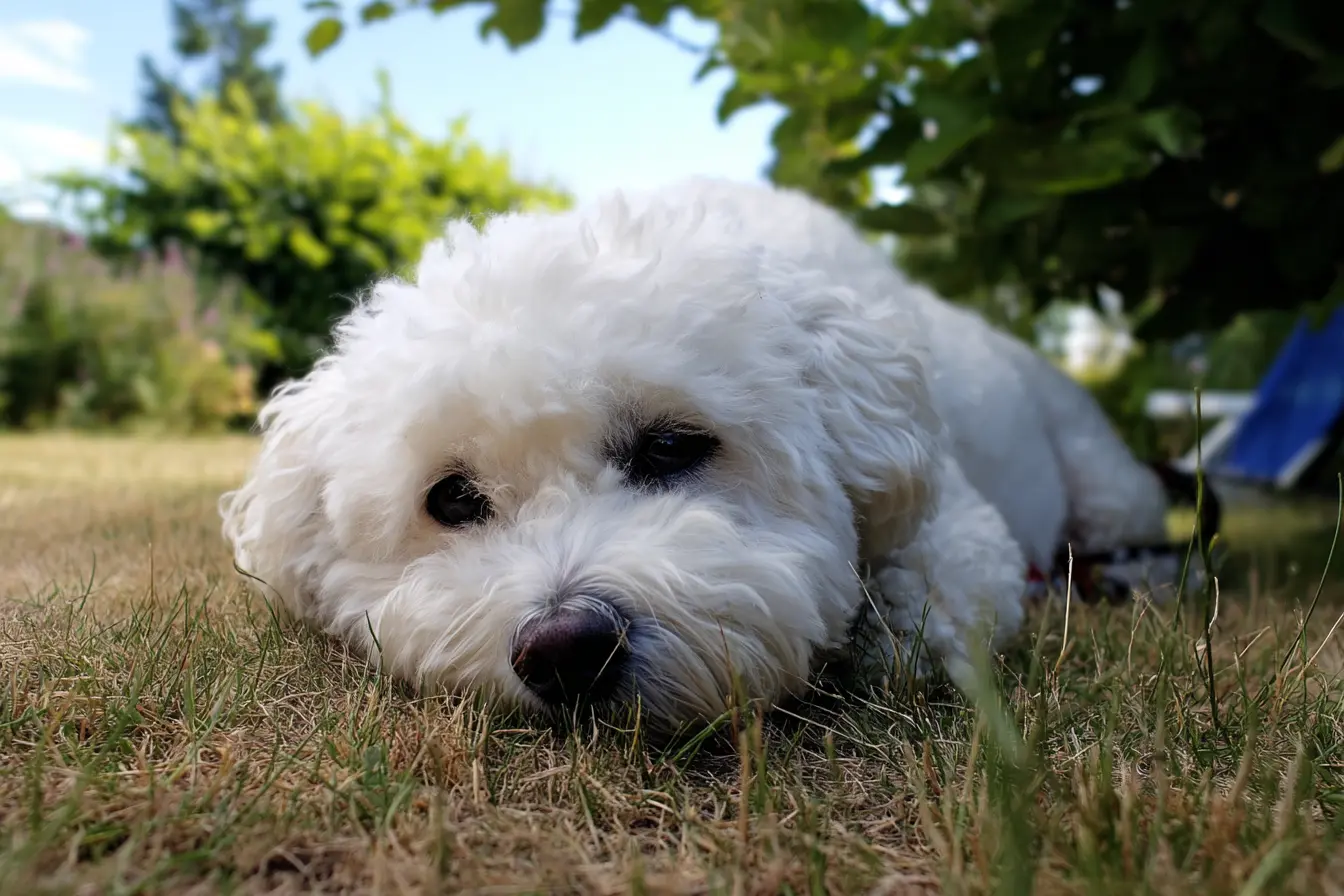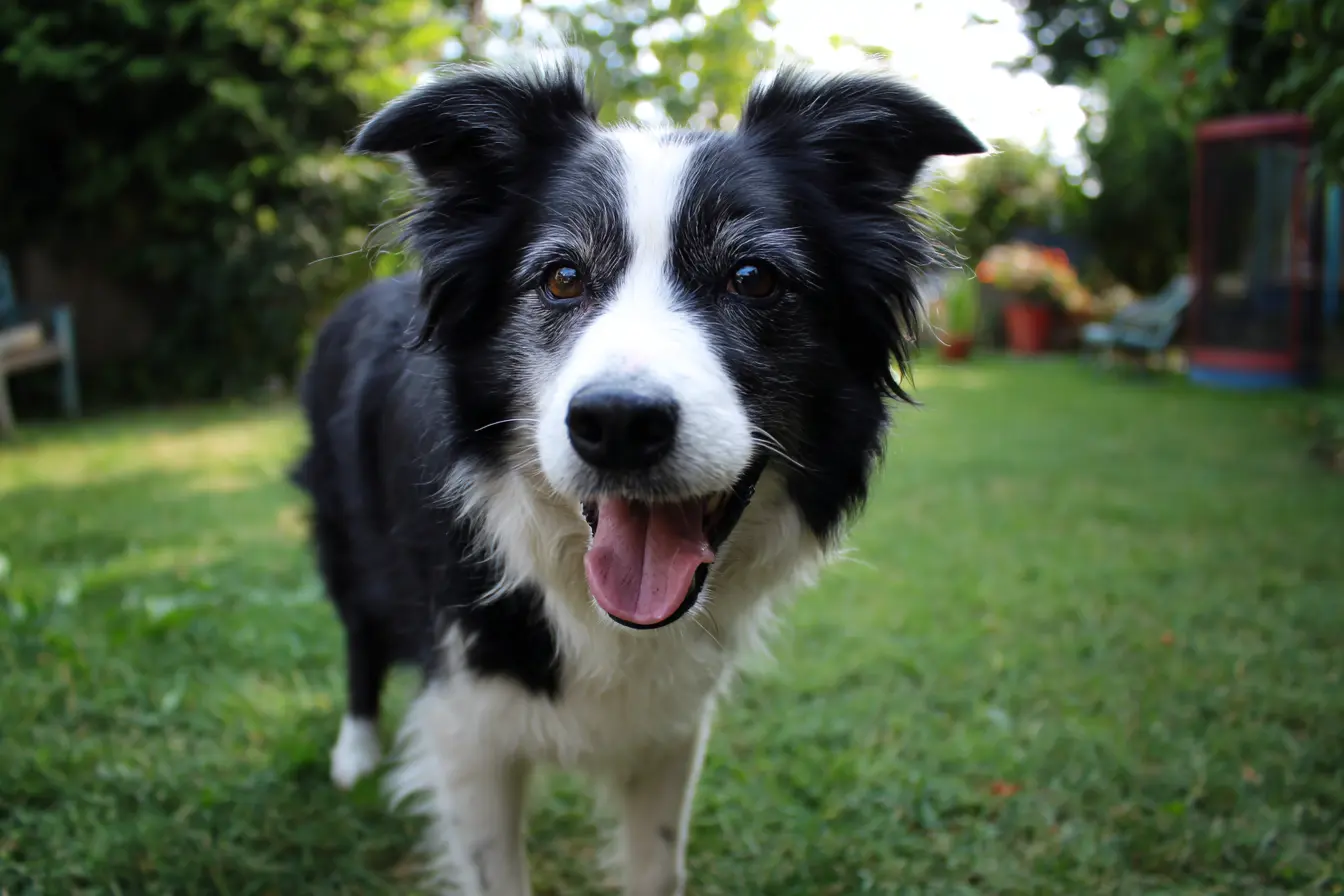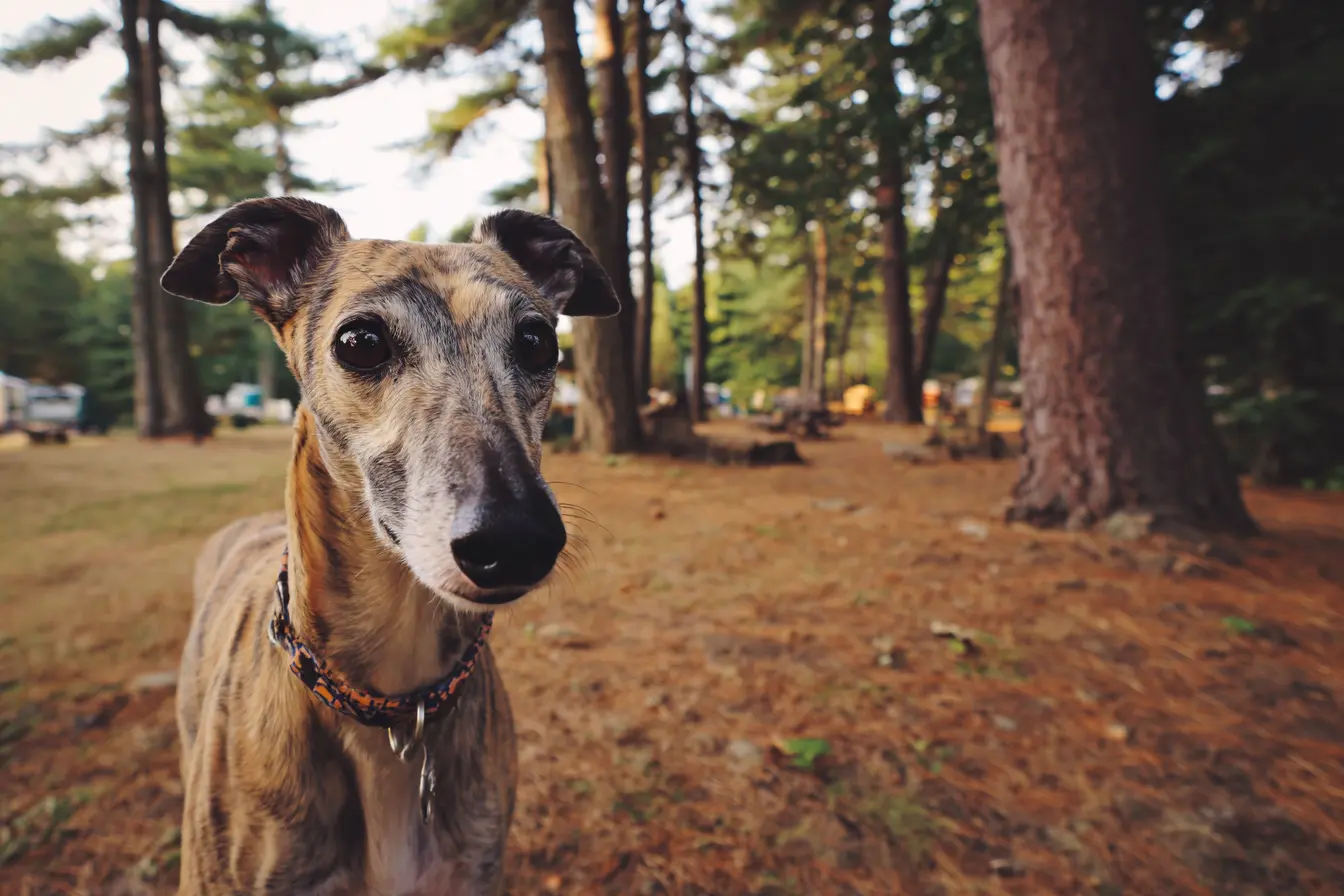
The Hound Group: Noble, Independent and Born to Chase
The Hound Group includes some of the most ancient and instinct-driven breeds in the canine world. These dogs were bred to hunt — whether by sight, scent, or a combination of both — and they retain a powerful work ethic and independent spirit. With elegant builds, acute senses, and often a deep baying voice, hounds are both captivating companions and impressive workers. Whether you're looking for a loyal family dog, a trail partner, or a breed steeped in history, this guide will tell you everything you need to know about the Hound Group.
What is the Hound Group?
The Hound Group encompasses a variety of breeds originally developed for hunting. These dogs were bred to track and chase game animals such as foxes, deer, hares, and even boars. The group is typically divided into two categories:
- Sighthounds: Hunt primarily by sight and speed.
- Scenthounds: Hunt using their extraordinary sense of smell.
Though their hunting roles have diminished in many parts of the world, hounds today are beloved companions known for their loyalty, athleticism, and often noble demeanour.
Key Characteristics of Hound Dogs
- Senses: Excellent vision or scenting abilities, depending on type.
- Temperament: Often independent, calm, and dignified.
- Exercise Needs: Moderate to very high.
- Trainability: Intelligent, but can be stubborn or aloof.
- Vocalisation: Many scent hounds have a distinctive baying howl.
- Prey Drive: Strong; may chase small animals.
Popular Breeds Within the Hound Group
Sighthounds
Greyhound
- Originally used for: Chasing hares and other fast game.
- Personality: Gentle, reserved, and affectionate.
- Exercise Needs: Short bursts of speed; surprisingly low overall.
- Notable Traits: Extremely fast, elegant, and sleek.
Whippet
- Originally used for: Hunting small game and racing.
- Personality: Friendly, quiet, and loving.
- Exercise Needs: Daily walks and sprinting opportunities.
- Notable Traits: Looks like a miniature Greyhound.
Saluki
- Originally used for: Hunting gazelles in the Middle East.
- Personality: Dignified, reserved, and independent.
- Exercise Needs: High; needs freedom to run in safe areas.
- Notable Traits: Graceful build with long feathered ears and tail.
Afghan Hound
- Originally used for: Chasing game across mountains and deserts.
- Personality: Aloof but loyal; elegant and independent.
- Exercise Needs: Moderate to high.
- Notable Traits: Long, flowing coat and aristocratic bearing.
Irish Wolfhound
- Originally used for: Hunting wolves and guarding property.
- Personality: Calm, gentle, and loyal.
- Exercise Needs: Moderate due to giant size.
- Notable Traits: One of the tallest dog breeds in the world.
Scenthounds
Beagle
- Originally used for: Tracking rabbits and hares.
- Personality: Friendly, merry, and curious.
- Exercise Needs: Moderate to high; needs space to sniff and explore.
- Notable Traits: Strong nose and classic baying bark.
Basset Hound
- Originally used for: Scent-trailing small game.
- Personality: Easy-going, loyal, and affectionate.
- Exercise Needs: Moderate, but can be stubborn.
- Notable Traits: Long body, droopy ears, and deep voice.
Bloodhound
- Originally used for: Tracking people and animals over long distances.
- Personality: Gentle, patient, and single-minded when on a trail.
- Exercise Needs: High mental and physical stimulation.
- Notable Traits: The best nose in the dog world; famously used in search and rescue.
Otterhound
- Originally used for: Hunting otters in rivers and streams.
- Personality: Affectionate, boisterous, and independent.
- Exercise Needs: High; loves swimming and tracking.
- Notable Traits: Rough, water-resistant coat and webbed feet.
Dachshund
- Originally used for: Flushing and chasing badgers.
- Personality: Brave, clever, and comical.
- Exercise Needs: Moderate but consistent; should avoid jumping.
- Notable Traits: Long body and short legs; comes in smooth, wire, and long coats.
Training and Exercise Needs
Hounds are intelligent but often independent, meaning they may not be as eager to please as other groups. They benefit from early socialisation and consistent, patient training.
Training Tips:
- Use positive reinforcement: Rewards-based training works best.
- Be consistent: Hounds are smart and will exploit inconsistency.
- Leash training is essential: Due to their strong prey drive, recall is often unreliable.
- Mental stimulation: Scent games, puzzle toys, and agility keep them engaged.
Exercise Requirements:
- Sighthounds: Enjoy short bursts of high-speed running; usually content to rest afterward.
- Scenthounds: Enjoy long walks where they can use their noses; less inclined to sprint but need more sustained activity.
Grooming and Care
Grooming needs vary depending on the breed:
- Short-coated hounds (e.g., Beagles, Greyhounds): Require minimal grooming.
- Long or rough-coated breeds (e.g., Afghan Hound, Otterhound): Require regular brushing to prevent matting.
- Ear care is crucial: Long, drooping ears can trap moisture and are prone to infections — regular cleaning is essential.
- Dental hygiene: Especially important for breeds prone to dental disease.
Health Considerations
While many hound breeds are generally healthy, some are prone to certain conditions:
- Hip and elbow dysplasia: Common in larger breeds like the Irish Wolfhound.
- Bloat (Gastric Torsion): A risk in deep-chested breeds such as Bloodhounds and Greyhounds.
- Ear infections: Particularly in breeds with long ears.
- Eye issues: Afghan Hounds and Basset Hounds may be prone to certain eye problems.
- Intervertebral Disc Disease (IVDD): Seen in Dachshunds due to their long backs.
Regular vet check-ups, a balanced diet, and proper exercise help mitigate many of these risks.
Living with a Hound
Hounds can make wonderful companions, but they require homes that understand their instincts and behaviours.
- Great with families: Most hounds are gentle, affectionate, and tolerant.
- May not be trustworthy off-lead: Their prey drive can override recall training.
- Often vocal: Scenthounds, in particular, are known for baying or howling.
- May require secure gardens: Hounds are escape artists when on the scent of something interesting.
- Not ideal for sedentary households: Most hounds require daily engagement and space.
Pros:
- Loyal, affectionate companions.
- Many are low-maintenance in terms of grooming.
- Independent yet loving.
- Often good with children and other dogs.
Cons:
- Strong prey drive.
- May be stubborn or independent in training.
- Can be vocal.
- Some breeds are prone to specific health issues.
Is a Hound Right for You?
If you appreciate a dog with natural instincts, an independent streak, and a loving nature, a hound may be the perfect companion. They are best suited to individuals and families who can provide appropriate exercise, training, and secure spaces for them to explore.
However, if you’re looking for a dog that sticks by your side off-lead or requires minimal engagement, a hound may not be the best fit.
Conclusion
The Hound Group is a diverse collection of noble, determined, and affectionate dogs. From the elegant Greyhound to the charming Beagle, each breed brings unique strengths, history, and companionship into the home. With the right training, care, and understanding of their needs, a hound will reward you with loyalty, character, and a bond like no other.
Vets near you
Speciality vets
- Aquatics vet specialists
- Birds vet specialists
- Camelids vet specialists
- Cats vet specialists
- Cattle vet specialists
- Deer vet specialists
- Dogs vet specialists
- Equines vet specialists
- Exotic vet specialists
- Goats vet specialists
- Pigs vet specialists
- Poultry vet specialists
- Sheep vet specialists
- Small Mammals vet specialists
- Wild vet specialists
